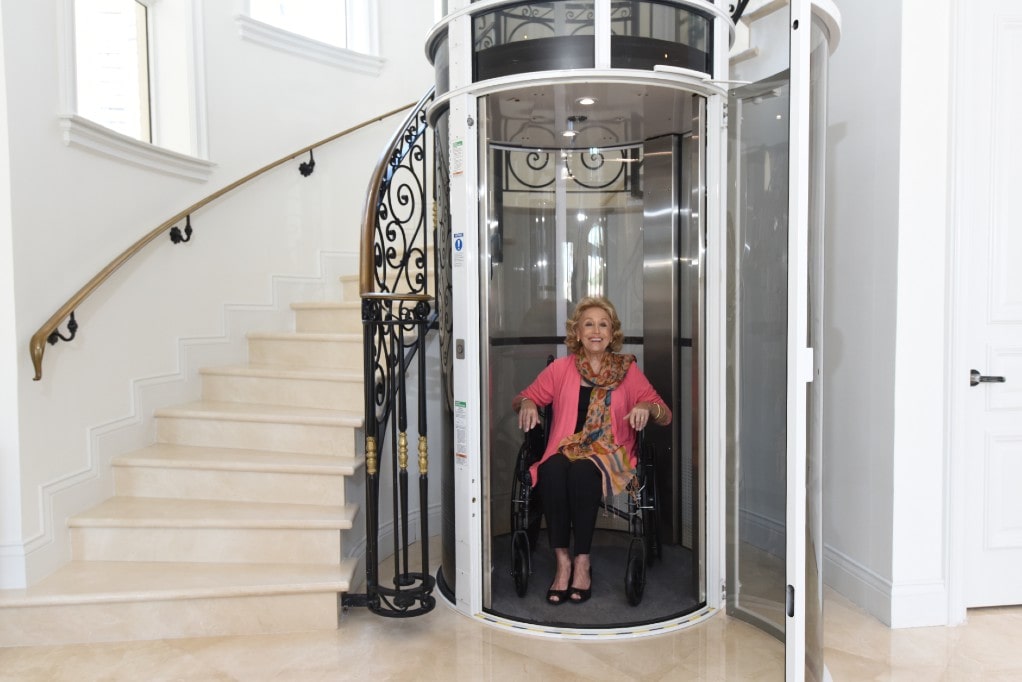Top Lift Companies in London: Offering Quality Installations and Upkeep
Top Lift Companies in London: Offering Quality Installations and Upkeep
Blog Article
Looking Into the World of Elevators: Typical Concerns Dealt With by Numerous Lift Mechanisms
As we navigate via the vertical transport systems of modern buildings, lifts stick out as a vital element of our day-to-days live. However, behind their smooth procedure exists a world of detailed systems that can occasionally experience challenges. From hydraulic elevators to grip systems and machine-room-less designs, each lift kind includes its set of common concerns. Comprehending these challenges is crucial for ensuring the smooth performance of these crucial systems. Let's explore the complexities that underlie the procedure of lifts and the potential problems that can occur, dropping light on the elaborate web of lift mechanisms.
Hydraulic Lifts
Hydraulic lifts, frequently liked for low-rise buildings, use fluid pressure to manage the movement of the elevator automobile (lift repair companies). This system includes a hydraulic pump pushing oil into a cylinder, creating the elevator to move in the wanted instructions. While hydraulic lifts are known for their silent and smooth procedure, they do feature their own collection of typical issues
One prevalent problem with hydraulic elevators is oil leakage. The seals in the hydraulic system can break over time, resulting in oil seepage. This not just creates a mess yet can likewise affect the elevator's performance if left unaddressed. Additionally, issues with the control system, such as malfunctioning shutoffs or a malfunctioning pump, can cause disturbances in the lift's motion.
Routine maintenance and punctual repair services are essential to guarantee the smooth performance of hydraulic elevators. By resolving these usual problems proactively, building proprietors can reduce downtime and guarantee the safety and performance of their vertical transport system.
Traction Lifts
When considering upright transport systems in buildings, an additional typical type other than hydraulic elevators is the traction elevator. Grip elevators run making use of a system of ropes and counterweights that move the lift auto by clutching onto the hoist ropes. This system permits smoother and much faster upright transportation contrasted to hydraulic systems.
Among the typical issues encountered by traction lifts is rope wear. The consistent motion of the ropes within the grip system can bring about use and tear in time, potentially creating the elevator to malfunction or come to be dangerous for use. Routine evaluations and upkeep of the ropes are necessary to ensure the lift's correct functioning and security.
An additional issue that traction elevators may encounter is connected to the control system. Problems with the control system can result in problems such as irregular movement, delays in action times, and even complete shutdowns. Routine screening and upkeep of the control system are critical to stop such problems and make certain the lift's reliability.
Machine-Room-Less (MRL) Elevators

One of the vital elements of MRL lifts is the compact gearless grip device that is mounted within the hoistway. This device successfully drives the elevator vehicle without the demand for cumbersome devices found in standard traction elevators. In addition, MRL elevators commonly utilize a counterweight system to stabilize the vehicle, more enhancing their power efficiency.
Regardless of their advantages, MRL elevators might face challenges associated with repair and maintenance as a result of the confined room for equipment setup. Accessibility for servicing parts within the shaft can be restricted, requiring specialized training for specialists. Proper maintenance timetables and regular inspections are essential to make certain the browse around this web-site continued smooth procedure of MRL elevators.
Overloading and Weight Restriction Issues
Overloading and weight restriction problems are vital issues in lift operations. Lift manufacturers style lifts with details weight abilities to guarantee traveler security and equipment longevity.
When lifts are overloaded, it puts too much pressure on the motor, cords, and other elements, potentially triggering malfunctions or malfunctions. Security mechanisms such as sensors and overload sensors are in place to avoid elevators from moving if they find excess weight. In addition, surpassing weight restrictions can bring about boosted power usage and damage on the elevator system.
To alleviate overloading problems, constructing supervisors must plainly present weight limitations in elevators and inform residents on the importance of adhering to these constraints - lift repair companies. Regular maintenance checks by certified specialists can also aid ensure that elevators are running within secure weight parameters. By resolving overloading and weight limit problems proactively, structure owners can improve lift safety and go to this website security and efficiency
Electrical System Failures
Exceeding weight restrictions in lifts can not just lead to mechanical problems however additionally possibly add to electrical system failures within the lift framework. Electric system failures are an important worry in lift procedure, as they can trigger unexpected closures, breakdowns, or even safety and security threats.
In addition, power rises or changes in the electric supply can likewise disrupt the lift's procedure, affecting its efficiency and security. These electric disturbances can harm sensitive lift elements such as control panels, motherboard, or sensors, leading to system failings. Routine upkeep and evaluations are critical to identify and address possible electric concerns immediately, ensuring the secure and reliable operation of lift systems. By adhering to weight restrictions and carrying out regular electric system checks, structure proprietors can mitigate the risk of electric failings in lifts.
Conclusion

Hydraulic elevators, often liked for low-rise structures, use fluid stress to regulate the motion of the lift automobile.When considering vertical transport systems in structures, one more typical kind aside from hydraulic lifts is the traction elevator. Grip lifts operate utilizing a system of ropes and weights that move the elevator cars and truck by gripping onto the hoist ropes. Unlike standard lifts that call for a separate maker area to house the equipment, MRL elevators incorporate many additional info of the parts within the shaft, getting rid of the requirement for a devoted maker area.In verdict, elevators face typical concerns such as hydraulic breakdowns, traction system failures, and electrical system issues.
Report this page